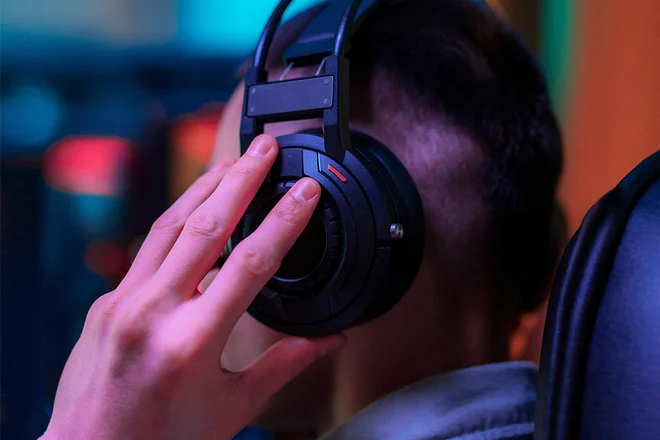Digital Audio Advertising Software Market Amplifying Brand Voice 2023 to 2030 | AdsWizz, Centro, AI Music, Audio.Ad
The new Gallup survey information regarding Gen Z reveals that the gap between the use of social media and audio listening is smaller than many suggest. The daily media consumption data show that audio remains an attractive advertising target for companies looking to attract younger viewers.
Gallup’s Familial and Adolescent Health Survey, conducted between June 26 between July 17 and June 26, found five percent of teens are engaged in social media for a minimum of four hours a day. In all, teens are spending, on average, 4.8 hours a day using social media sites like YouTube, TikTok, and Instagram.
This study comprised information from parents of 6,643 and 1,591 teenagers and also revealed the differences in age groups and genders. While 13-year-olds average 4.1 hours a day, teenagers can reach 5.8 hours. Girls are the most active, with an average of 5.3 hours, compared to males’ 4.4 hours. However, the same demographic also consumes 4.5 hours of audio listening, as per information from Edison Research.
Gallup discovered YouTube and TikTok were the most used platforms by teenagers, who spend an average of 1.9 to 1.5 hours using these platforms, respectively. Instagram continued to be popular, with an average of 0.9 hours of usage each day for teenagers. In
Gen Z’s preferences for audio are equally diverse and, presumably, not restricted only to conventional OTA broadcasts. Only 37% of those surveyed by Edison had tuned into AM/FM radio during the last week, putting aside just 15 percent of their listening time to listening to it. Instead, they lean toward digital formats, and 35 percent of their TSL is allocated to streaming media. There is also an overlap when audio and social media meet 24% of all audio content consumed on YouTube.
Social media’s influence on mental health was also a factor in the amount of time teens were spending on social media social media, with teens who were who are more conscious spending less time using apps. This contrasts with radio, with 55% of people aged between 18 and 34 stating that they’d be highly likely to watch an episode that dealt with the subject of mental health or was open and honest regarding these issues.
In sum, Gen Z’s media consumption is predominantly digital-based, regardless of whether it’s audio or social media. However, they spend a significant amount of time on platforms such as YouTube and TikTok, and their preferences for audio shifted towards listening to podcasts and streaming. Psychological and social aspects influence these preferences, and the radio industry must employ a multi-faceted strategy to reach out to this audience effectively.

